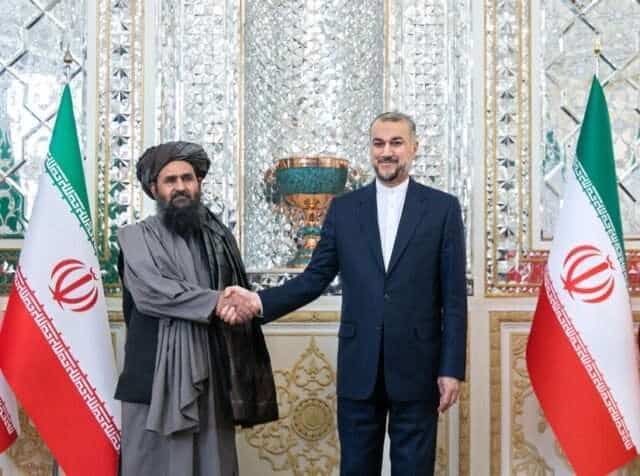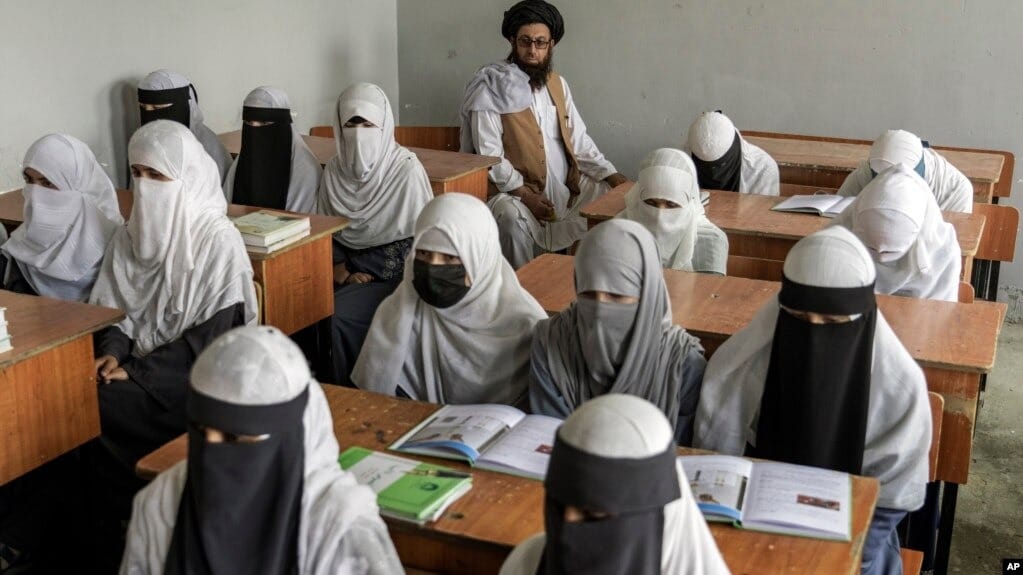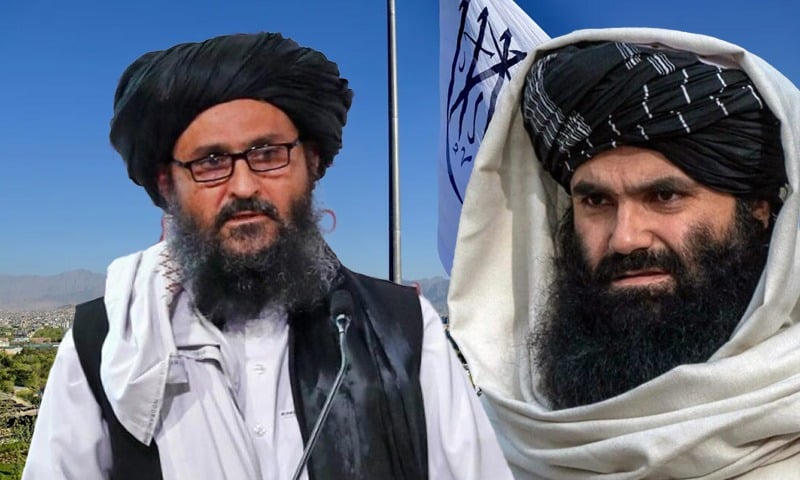The recent Pahalgam attack in Indian-administered Kashmir, which resulted in the death of 25 individuals including three officers, has sparked a swift and aggressive reaction from the Indian government. However, behind the smokescreen of rage and retaliation, two stark realities emerge: one, India wasted no time in blaming Pakistan without presenting credible evidence or awaiting investigation results; and two, a series of rash decisions followed, suggesting a premeditated agenda rather than a spontaneous response.
India’s actions within hours of the attack—cancelling bilateral trade agreements, attempting to suspend the Indus Waters Treaty, and revoking SAARC travel exemptions—reflect more than just a knee-jerk response. These are complex, high-level policy decisions, not the kind one drafts in a moment of grief or shock. This has led many analysts to ask the unthinkable: was this reaction prepared in advance, waiting only for a trigger?
Adding weight to the scepticism are statements from Rahul Gandhi and four Indian state chief ministers, all branding the attack a major intelligence and military failure. Gandhi had earlier warned of the Modi government’s draconian policies turning Kashmir into a “massive prison.”
An Army Overstretched, A Government Cornered
With up to 850,000 troops stationed in Kashmir—more than in any other conflict zone globally—the inability to prevent such an attack raises serious questions. Intelligence-based operations post-incident have yielded no concrete leads. And this, in a region as compact as Pakistan’s Murree or Galiyat, underscores the futility of militarisation without political foresight.
India’s frustration appears rooted not just in the attack, but in broader geopolitical failures:
-
Bangladesh’s political shift away from Indian influence;
-
U.S. pivoting towards Pakistan under Trump’s Afghan strategy;
-
Emerging Pakistan-Afghanistan alignment, facilitated by figures like Ishaq Dar.
These developments have undermined India’s regional leverage and global lobbying investments, leaving Delhi desperate for renewed international relevance.
Diplomacy Replaced with Demagoguery
Instead of turning to global forums like the UN or the World Bank for mediation, India unleashed a barrage of non-diplomatic and often illegal actions, driven by a mix of vengeance and panic. Its sudden cancellation of SAARC diplomatic exemptions, for example, fell outside its mandate—an impulsive move that reveals just how rattled the Modi administration is.
Even India’s decision to shut the Wagah border was largely symbolic, while Pakistan’s move to close its airspace to Indian flights is far more impactful. With Indian aircraft frequently relying on Pakistani air routes for East Asian and European travel, the economic toll will be significant—and immediate.
Pakistan’s Measured Response
In stark contrast, Pakistan’s National Security Committee presented a response that was both strategic and composed. From possible reconsideration of the Shimla Agreement, to reinforcing diplomatic narratives at global platforms, Pakistan signalled it wouldn’t allow India to dictate the regional narrative unchecked.
More notably, Pakistani media and civil society showed unusual maturity. Where Indian outlets indulged in inflammatory rhetoric, Pakistani anchors and social media users resorted to reason, restraint, and evidence-based discourse. This shift, rare in crisis situations, deserves recognition and encouragement.
Media, Military, and Missed Opportunities
Meanwhile, Indian military analysts and former generals went on national television to not only confirm India’s covert operations in Pakistan’s Balochistan and Khyber Pakhtunkhwa, but to suggest escalation. Ironically, this public boasting might end up weakening India’s own legal position internationally.
It’s also telling that the group behind the attack timed it with high-profile international visits—including the U.S. Vice President’s family tour to India. The message was chilling: India is not as safe as it pretends to be.
What Lies Ahead?
While India’s aggressive stance is being interpreted as a strategy to end its regional isolation, it might have backfired. The rapid deterioration of New Delhi’s credibility—both in its intelligence apparatus and its diplomatic protocols—makes one thing clear: India is reacting from a place of strategic desperation.
Pakistan, on the other hand, seems to have understood that measured strength, not impulsive retaliation, defines real power in today’s geopolitical chessboard. And as this crisis unfolds, one thing is certain: the script may have been written in Delhi, but the final act might not go as planned.





